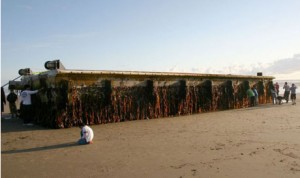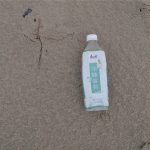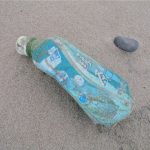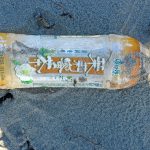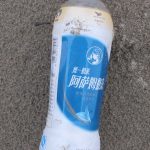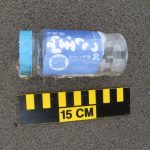The west coast of the United States has been the final resting place for much of the wreckage that left Japan on March 11, 2011, after a massive earthquake and resulting tsunami rocked its shores. One such relic of the tragedy is a small fishing boat belonging to a Japanese high school in Rikuzentakata that washed ashore in Crescent City, California this past April. This boat survived an incredible journey across the planet’s largest ocean.
Students from Crescent City’s Del Monte High School made it their mission to return the boat to Japan free of barnacles and full of compassion. These students understand the devastation a tsunami can cause, as they too were impacted by the event. The earthquake that created the Japanese tsunami also caused a tsunami that badly damaged Crescent City’s harbor. The Del Monte students filmed a video that shows the connection these two cities share. They sent the video with the vessel as a reminder to the students in Rikusentakata that they have not been forgotten and that a midst the unthinkable devastation and loss, there can be small but meaningful steps toward healing. After two years awash at sea, the boat departed Oakland for Japan on September 19th, to be reunited with its rightful owners at last.
Click here to learn more about this project and see the student’s film.


